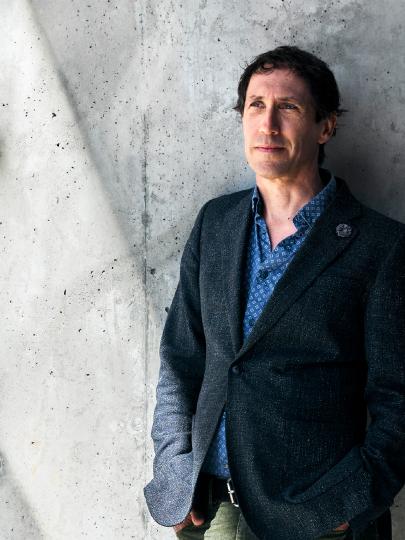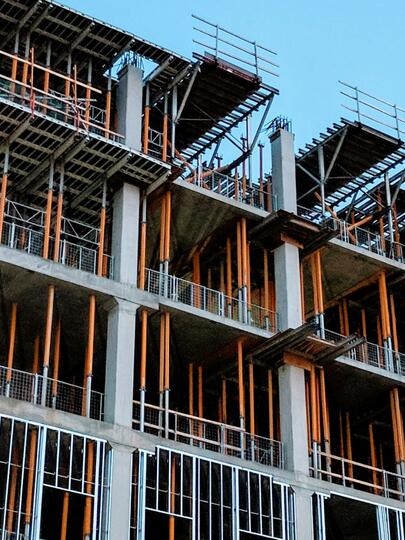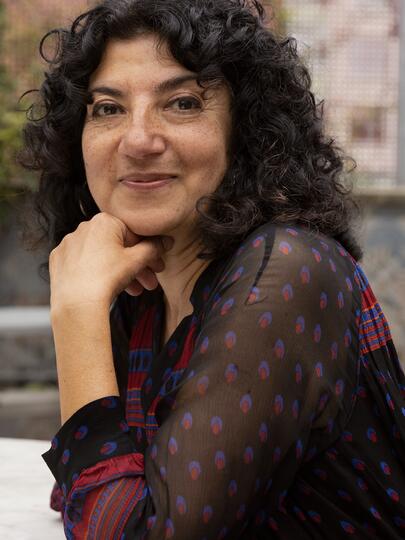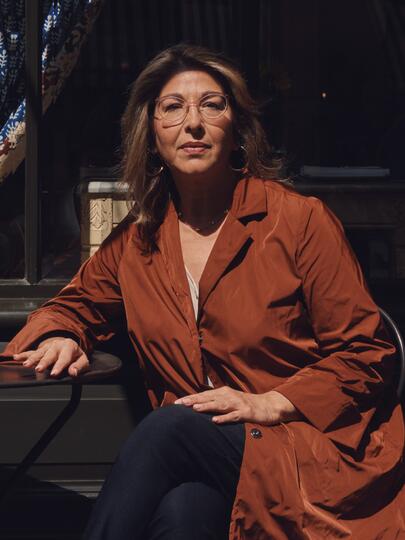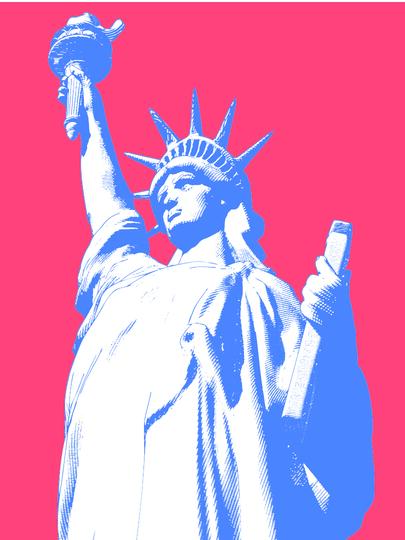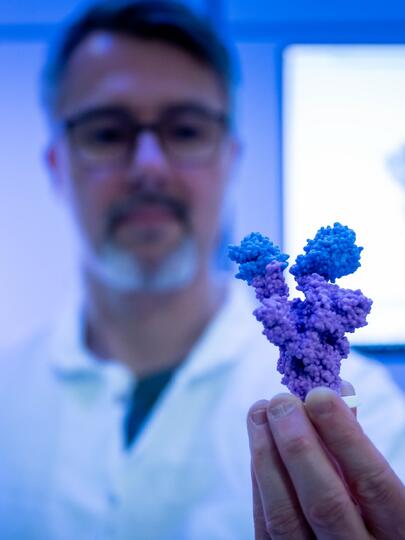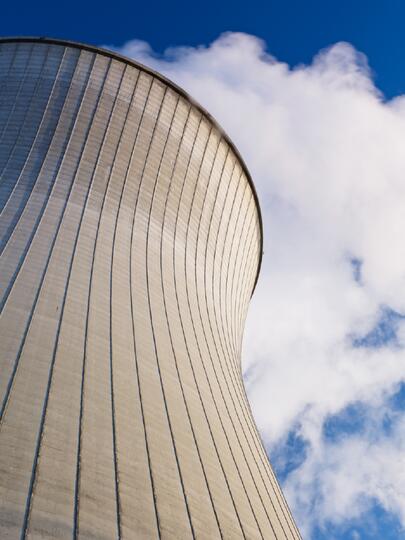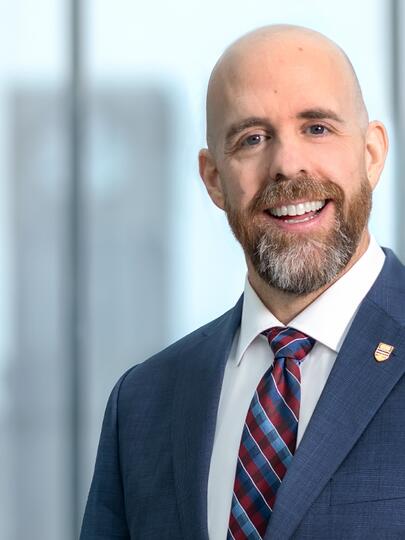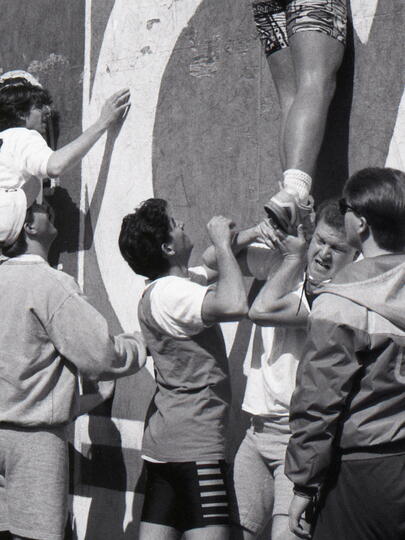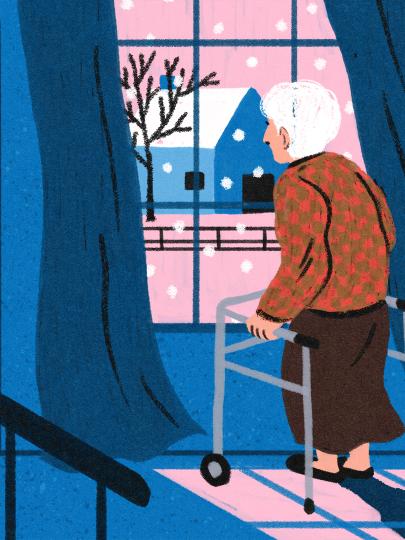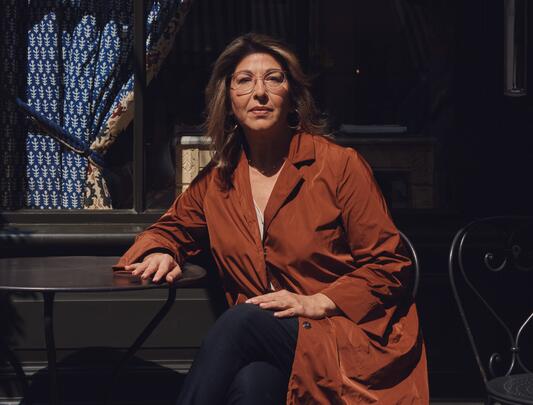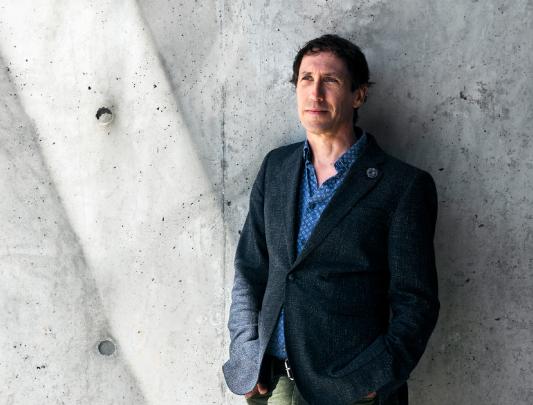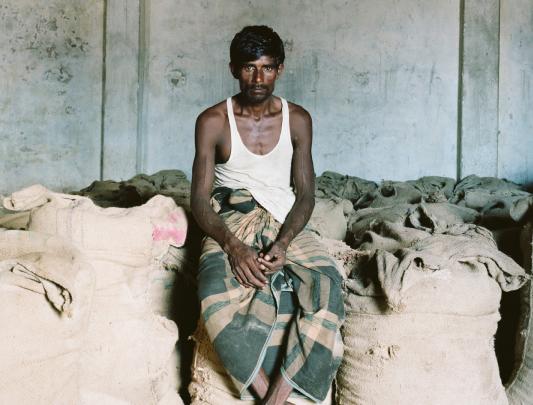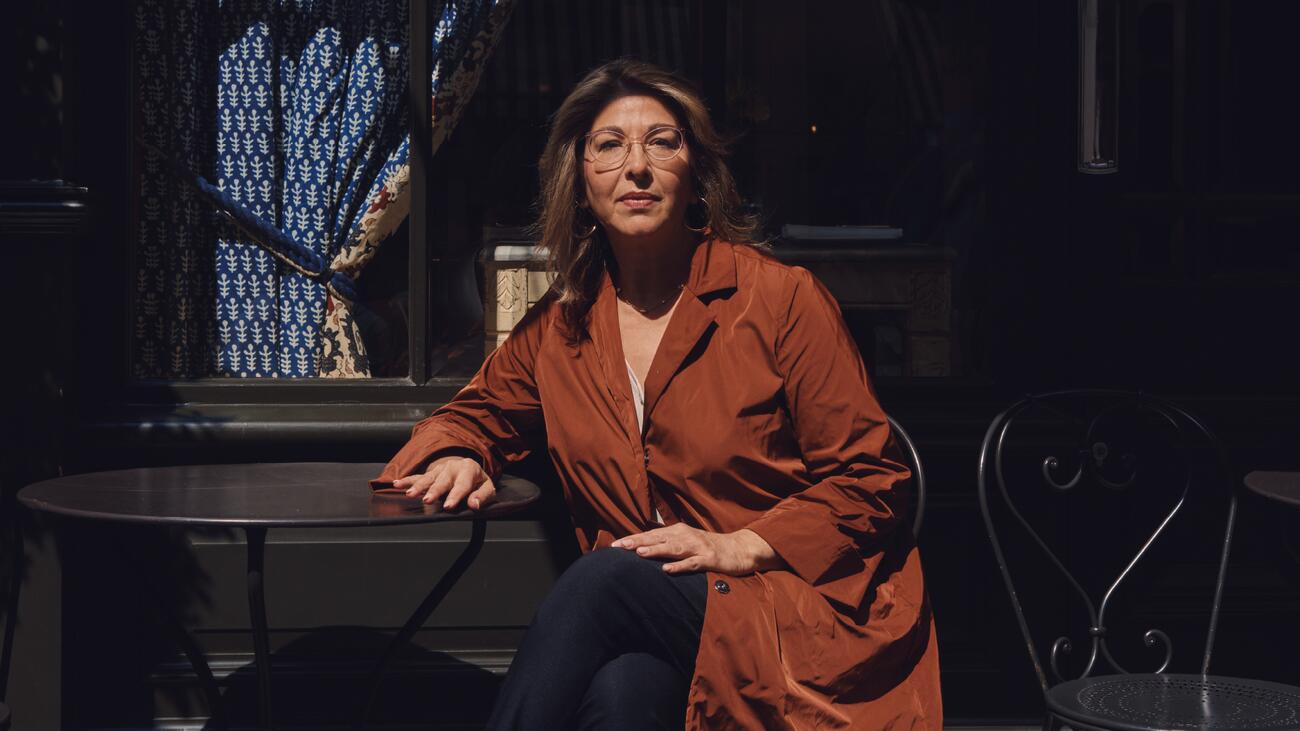
Photo: Tom Jamieson
A Just Transition
Most of us have learned to think about political change in defined compartments: environment in one box; inequality in another; racial and gender justice in a couple more. Education over here. Health over there.
And within each compartment, there are thousands upon thousands of different groups and organizations, often competing with one another for credit, name recognition and, of course, resources. It’s not all that different from corporate brands competing for market share. And that shouldn’t be surprising: we are all working within the logic of the existing capitalist system.
This compartmentalization is often referred to as the problem of “silos.” Silos are understandable – they carve up our complex world into manageable chunks. They help us feel less overwhelmed. The trouble is, they also train our brains to tune out when a true crisis needs our help and attention, as we tell ourselves, “That’s someone else’s issue.” The deeper problem with silos is they keep us from seeing glaring connections between the various crises tearing apart our world, and they stop us from building the largest and most powerful movements possible.
In practice, what this has meant is that the people focused on the climate emergency rarely talk about war or military occupation – even though we know that the thirst for fossil fuels has long driven armed conflict. The mainstream environmental movement has become a little better at pointing out that the nations getting hit hardest by climate change are populated by Black and brown people. But when Black lives are treated as disposable in prisons, in schools, and on the streets, the connections are too rarely made.
Because we don’t have a lot of practice working together across silos, the solutions coming out of various movements often seem disconnected from one another. Progressives have long lists of demands – things we all want to change. But what we often are still missing is a holistic picture of the world we’re fighting for. What it looks like. What it feels like. And what its core values are.
Fortunately, there are all kinds of conversations and experiments going on to try to overcome these barriers and develop popular platforms that articulate a common vision. These platforms go by many names: the Leap; Green New Deal; the Black, Red and Green New Deal; and more.
What they all share is a recognition that the climate crisis is not the only crisis we share. We face so many overlapping and intersecting emergencies – from surging white supremacy, to gender‑based violence, to gaping economic inequality – that we simply can’t afford to fix them one at a time. We therefore need an integrated approach: policies designed to bring emissions down to zero while creating huge numbers of good unionized jobs and delivering meaningful justice to those who have been most abused and excluded under the current extractive economy. We need a just transition.
A just transition is about recognizing that the work of confronting the climate emergency at speed and scale opens up a window to build a society that is fairer on every front, and where everyone is valued.
I have been involved in various climate justice coalitions over the past decade and a half, and there is no one definition of a “just transition.” But there are some core principles that movements have developed and which future work should build upon.
A just transition begins with recognizing that the bottomless quest for profits that forces so many to work upwards of 50 hours a week with no security, fuelling an epidemic of isolation and despair, is the same quest for bottomless profits that has pushed our planet into peril. Once we recognize that, it then becomes clear what we need to do: insist that, as we respond to the climate crisis, we create a broader culture of care‑taking in which no one and nowhere is thrown away – in which the inherent value of every person and every ecosystem is foundational.
Science‑based climate action means getting our energy, agriculture, and transportation systems off fossil fuels as rapidly as humanly possible. Justice‑based climate action demands more. It demands that as we make these huge transformations we also build a more equal and democratic economy.
A good place to start is with energy ownership. Right now, a handful of fossil fuel corporations control the global supply and dominate most local markets. One of the great things about renewable power is that, unlike fossil fuels, it’s available wherever the sun shines, the wind blows, and the water flows. That means we have a chance for more decentralized and diverse ownership structures: green energy co‑ops, municipal energy, community‑owned microgrids, and more. Under these structures, the profits and benefits of new green industries stay in communities to help pay for services rather than being siphoned off to corporate shareholders.
This just transition principle is often known as energy democracy.
But true climate justice requires more than energy democracy – it requires energy justice, and even energy reparations. Because the way energy generation and other dirty industries have developed since the Industrial Revolution has systematically forced the poorest communities to bear a vastly disproportionate share of the environmental burdens while deriving few of the economic benefits.
In North America, where I live, the people who have been forced to bear these unjust burdens have overwhelmingly been in Black, Indigenous, and immigrant communities, often referred to as “front‑line communities." That’s why many just transition platforms call for front‑line communities to play a leadership role in developing new green infrastructure, in controlling land rehabilitation programs, and in receiving funding for green job creation. Indigenous groups that have had their land rights systematically violated, and whose traditional ecological knowledge systems provide a living alternative to current ecocidal practices, are also calling for greater control over their ancestral territories as part of the response to the climate crisis.
This just transition principle is sometimes called front lines first, and it is a form of reparations for past and present harm.
One of the great benefits of climate action is that it will create millions of green jobs around the world – in renewables, in public transit, in efficiency, in retrofits, in cleaning up polluted land and water. A truly just transition means making sure that those jobs pay family‑supporting wages and benefits and are protected, wherever possible, by trade unions. But there is another aspect to this too.
A just transition also calls for reimagining what a “green job” is. Environmentalists don’t usually mention it, but teaching and caring for kids doesn’t burn a lot of carbon. Nor does caring for the sick. Making art is pretty low‑carbon, too. In a just transition, we would recognize this labour as green and prioritize it because it makes our lives better and our communities stronger. As we reduce our reliance on jobs that are based on encouraging wasteful consumption and dangerous extraction, we can invest in more care‑sector jobs and make sure that they pay a living wage.
This just transition principle is sometimes called care work is climate work, and it will help ensure that women’s labour is fully recognized and appreciated in the next economy.
As we make these changes, we must also recognize that there are people who are stuck – through no fault of their own – in regions where polluting industries are virtually the only employer in town. Many of these workers have sacrificed their health in coal mines and oil refineries so that the rest of us can keep the lights on.
These workers, facing the prospect of large‑scale job losses as oil and coal infrastructure is decommissioned, cannot be expected to bear the burden of climate action. That’s why a just transition calls for massive investments in retraining workers for the post‑carbon economy, with workers serving as full and democratic participants in the design of these programs. A key measure is guaranteeing the income of workers during these periods – all too often, when industries go through massive change, working‑class livelihoods and communities have been sacrificed on the altar of “change” and “progress.” A just transition would do things differently. It would also create huge numbers of jobs rehabilitating and restoring the lands that have been harmed from extraction by, for instance, capping the countless abandoned oil and gas wells around the world that are currently leaking toxins into the environment. Many workers currently working in high carbon sectors are already trained for this work. These kinds of programs and policies are how we make sure that everyone benefits from the transitions required to radically and rapidly lower emissions.
This just transition principle is often called no worker left behind.
Of course, creating a new low‑carbon economy is going to cost money. Lots of it. Governments can create some of it, as they did during the COVID‑19 pandemic, in the aftermath of the 2008 financial crisis, and as they do during wars. But we live in a time of unprecedented private wealth, and the transition should also be funded by the polluters and overconsumers. The idea that we are too broke to afford to save our one and only home is simply untrue. The money needed for this transition is out there, we just need governments to have the courage to go after it – to cut and redirect fossil fuel subsidies, to increase taxes on the rich, to reduce spending on policing, prisons, and wars, and to close down tax havens.
This principle of a just transition is known as polluter pays, and it’s based on a simple idea: the people and institutions that have profited most from pollution should pay the most to repair the harm it has done.
A just transition is about recognizing that the work of confronting the climate emergency at speed and scale opens up a window to build a society that is fairer on every front, and where everyone is valued.
This principle includes not just corporations and wealthy individuals, but also the nations of the Global North: we have been putting carbon into the atmosphere for a couple of hundred years, and we did the most to create this crisis, while many of the nations that are most vulnerable to its effects contributed the least. So, as financing is raised for a just transition, there needs to be a transfer of wealth from north to south to help poorer nations leapfrog over fossil fuels and go straight to renewables. Climate justice also demands far greater support for migrants displaced from their lands by oil wars, bad trade deals, drought and other worsening impacts of climate change, as well as the poisoning of their lands by mining companies, many headquartered in wealthy countries.
The bottom line is this: as we get clean, we have to get fair. More than that, as we get clean, we must begin to redress the founding crimes of our nations. Land theft. Genocide. Slavery. Imperialism. Yes, the hardest stuff. Because we haven’t just been procrastinating about climate action all these years. We’ve been procrastinating and delaying the most basic demands of justice and reparation. And the reckoning is here on every front.
Some find these kinds of connections daunting. Lowering emissions is hard enough, we are told – why weigh it down by trying to fix so much else at the same time? It’s a strange question. If we are going to repair our relationship to the land by shifting away from endless resource extraction, why wouldn’t we begin to repair our relationship with one another in the process? For a very long time, we have been offered policies that amputate the ecological crises from the economic and social systems that are driving them, searching endlessly for purely technocratic fixes. That is precisely the model that has failed to yield results.
Holistic transformations, on the other hand, have never been tried in the face of the climate crisis. And there is good reason to think that they might yield breakthroughs where technocratic climate policies have failed. The hard truth is that environmentalists can’t win the emission reduction fight on our own. It’s not a slight against anyone – the load is just too heavy. The transformation that scientists have told us we need represents a revolution in how we live, work, and consume.
Winning that kind of change will take powerful alliances with every arm of the progressive coalition: trade unions, migrant rights, Indigenous rights, housing rights, teachers, nurses, doctors, artists. And to build these alliances, our movement needs to hold out the promise of making daily life better by meeting pressing needs that all too often go unmet – for affordable housing, for clean water, for healthy food, for land, for health care, for good public transportation, for time with family and loved ones. For justice. Not as an afterthought, but as an animating principle.
I have laid out five planks for a just transition. Energy democracy; front lines first; care work is climate work; no worker left behind; and polluter pays. This only scratches the surface. Climate justice also requires new kinds of trade deals that move us away from ever‑growing levels of consumption; a robust debate on a guaranteed annual income; full rights for immigrant workers; getting corporate money out of politics and fossil fuel companies out of climate negotiations; the right to repair our broken products rather than replace them – and more.
Though the specific responses to the climate crisis will vary from place to place, there is an underlying ethic which connects all this work. As we change our economies and societies to get off fossil fuels, we have a responsibility, and an historic opportunity, to repair many of the injustices and inequalities that scar our world today. The great strength of a just transition framework is that it does not pit important social movements against one another or ask anyone suffering from injustice in the here and now to wait their turn. Instead, it offers integrated and intersecting solutions grounded in a clear and compelling vision of our future – one that is ecologically safe, economically fair, and socially just.
This essay was first published as a chapter in The Climate Book (2022, Penguin Random House), created by Greta Thunberg.
